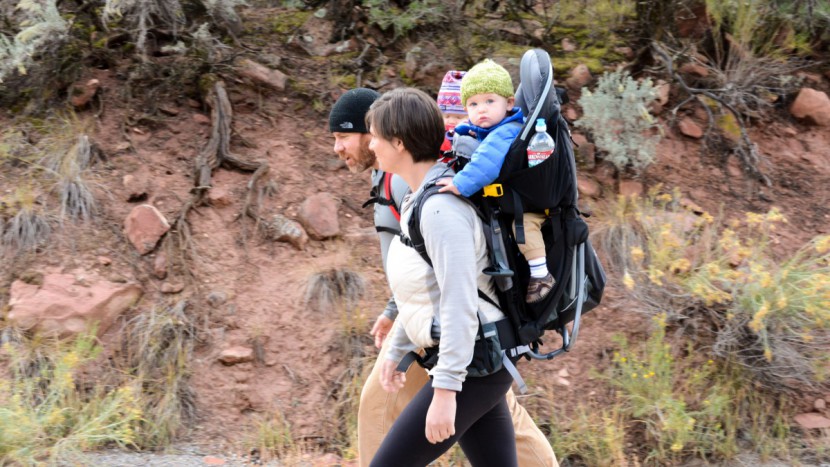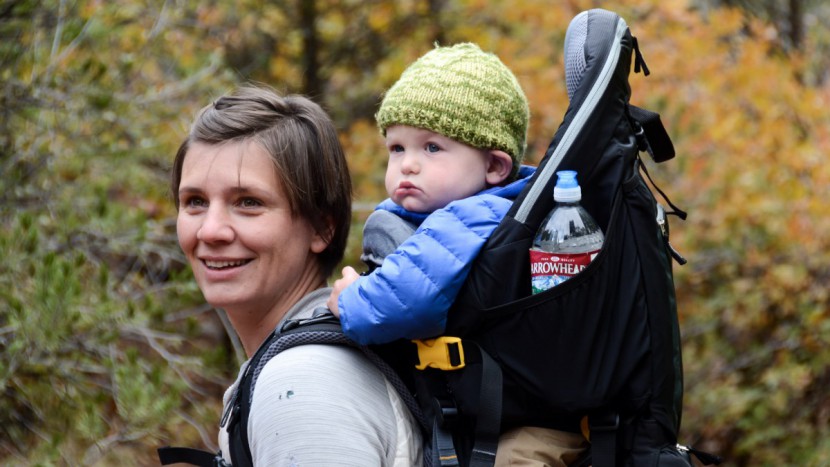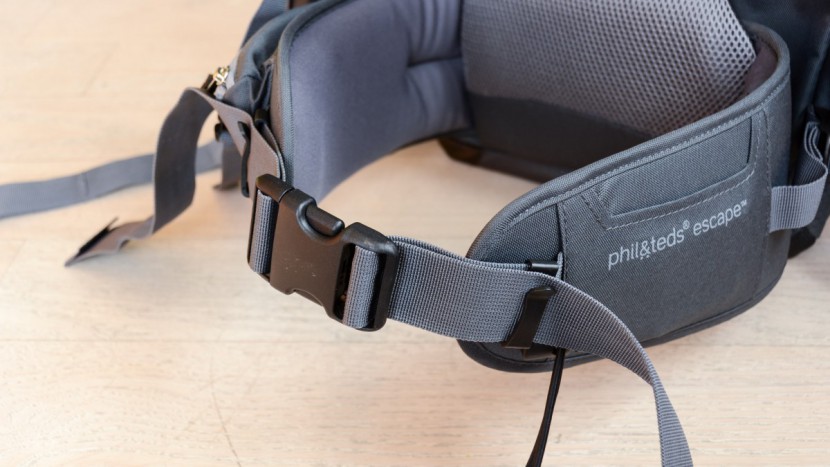We extensively test the baby backpack carriers over several months, taking little testers on actual hiking adventures. Our passengers included multiple children over various iterations of this review, including a 1-year boy who was 29 inches and 20 lbs and a 2-year-old girl who was 32 inches and 28 lbs at the time of testing. Our adult testers were male and female of different sizes, as some baby backpack carriers fit people of various shapes differently. We used information from real-world use and in-house lab comparisons of the products to determine scores and overall rank in each metric.
Testing Parent Comfort
Parent comfort is paramount. If the parent wearing the backpack isn't comfortable, outings with your baby will be short, and they may stop as they get larger. As with any heavy backpack, one of the biggest complaints is shoulder and back strain. We looked at how long we could comfortably carry baby and cargo, such as diapers, wipes, a travel-friendly snack catcher, etc., and compared each backpack's padding, adjustments, and on-the-go tweaks.
Testing Child Comfort
An uncomfortable baby equals an unpleasant hike. We really focused on which backpacks offer babies the most deluxe ride, providing comfort and enjoyment. Our favorites included well-padded secure cockpits, soft but firm seat pads, angled and padded face rests, and padded harnesses. The more comfort features the backpack offered, the higher it scored.
Testing Ease-of-Use
How easy a backpack is to adjust and use regularly can also weigh heavily on your decision-making process. We considered various factors, such as the level of effort to make adjustments on the fly, if you can make adjustments while a baby is in the seat, and how quickly you can adjust the pack from one parent to the other should you need to switch wearers. Backpacks with hard-to-reach or complicated buckling systems scored the lowest.
Testing Storage
Storage is a key consideration given the supplies, like diapering must-haves or feeding items, that you'll need while away from home. We considered how many storage options the packs had, if they were easy to open and access, if they offered internal storage organization and whether or not the wearer could access them. Baby backpack carriers with pockets that were hard to open or lacked sufficient storage for a full day of supplies scored lower. Packs with waistband pockets that would hold smartphones and those with canopy storage options scored higher.



